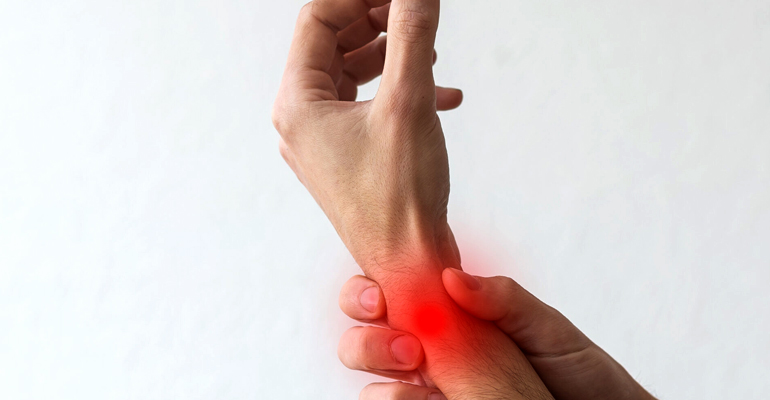-
-
+91-8591556577
-
Tendon Injury

Tendon Injury
Tendon injuries occur when the fibrous connective tissues that attach muscles to bones become strained, inflamed, or torn. These injuries can affect anyone, from athletes to individuals engaged in everyday activities. Tendon injuries often result from overuse, repetitive motions, or acute trauma, leading to pain, swelling, and decreased mobility in the affected area.
Common Types of Tendon Injuries
- Achilles Tendon Injuries: Involving the tendon that connects the calf muscles to the heel bone, injuries can range from tendonitis (inflammation) to ruptures, often seen in sports that involve jumping or sprinting.
- Rotator Cuff Injuries: The rotator cuff comprises a group of muscles and tendons that stabilize the shoulder. Injuries can occur from overuse, trauma, or degenerative changes, leading to pain and restricted movement.
- Tennis Elbow (Lateral Epicondylitis): This overuse injury affects the tendons in the elbow, causing pain on the outer side due to repetitive wrist and arm motions.
- Golfer’s Elbow (Medial Epicondylitis): Similar to tennis elbow but affecting the tendons on the inner side of the elbow, this injury results from repetitive arm motions, such as gripping or swinging.
- Patellar Tendonitis (Jumper’s Knee): Inflammation of the patellar tendon, commonly seen in athletes who jump frequently, leading to pain below the kneecap.
Symptoms of Tendon Injuries
- Localized pain and tenderness in the affected area
- Swelling and stiffness, especially after activity
- Reduced strength or range of motion in the joint
- A sensation of popping or snapping in the affected tendon
- Pain that worsens with specific movements or activities
Diagnosis of Tendon Injuries
A thorough evaluation by a healthcare provider is essential for accurate diagnosis, which may include:
- Physical Examination: Assessing the area for swelling, tenderness, and range of motion.
- Imaging Tests: X-rays may be used to rule out fractures, while MRI or ultrasound can provide detailed images of the tendon and surrounding tissues.
Treatment Options
Treatment for tendon injuries varies based on the severity of the injury:
- Conservative Treatment: For mild to moderate injuries, initial treatment may include:
- Rest: Avoiding activities that aggravate the injury.
- Ice: Applying ice packs to reduce pain and swelling.
- Compression: Using wraps or braces to support the tendon.
- Elevation: Keeping the injured area elevated to decrease swelling.
- Physical Therapy: A structured rehabilitation program focusing on strengthening exercises, flexibility training, and improving the range of motion.
- Medications: Over-the-counter anti-inflammatory medications may be recommended to alleviate pain and inflammation.
- Injections: Corticosteroid or platelet-rich plasma (PRP) injections may be utilized to reduce inflammation and promote healing in chronic cases.
- Surgery: For severe tendon injuries, such as ruptures or extensive tears, surgical repair may be necessary to restore function.
Rehabilitation and Recovery
Rehabilitation is a vital aspect of recovery from tendon injuries. Our comprehensive rehabilitation program includes:
- Strengthening Exercises: Gradually rebuilding strength and stability in the affected area.
- Range of Motion Activities: Restoring flexibility and mobility to the joint.
- Functional Training: Preparing for a safe return to normal activities or sports.
